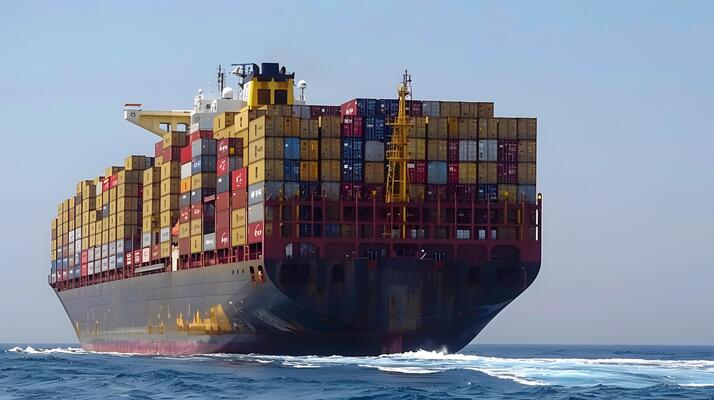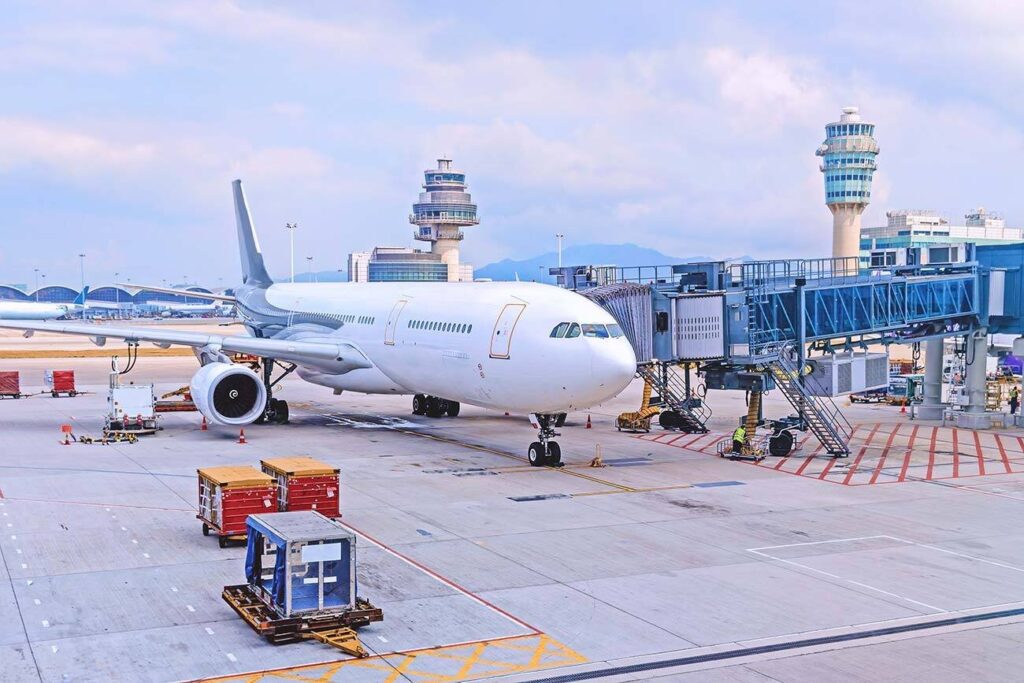Freight from China to UK is one of the busiest global trade routes, handling everything from electronics to textiles. Companies often face rising costs, customs complexities, and fluctuating delivery schedules. However, with the right planning and partner support, importers can reduce delays, save money, and strengthen their supply chains.
What Are the Main Freight Options from China to UK?
Businesses can choose between sea freight, air freight, and rail freight. Each option provides distinct advantages.
| Mode | Transit Time | Average Cost | Ideal Cargo | Pros | Cons |
|---|---|---|---|---|---|
| Sea Freight | 30–40 days | $2,200–$3,000/40HQ | Bulk goods | Low cost, reliable | Long transit |
| Air Freight | 5–8 days | $6–$10/kg | Urgent goods | Fast, secure | Expensive |
| Rail Freight | 18–25 days | $7,500–$9,500/40HQ | Medium loads | Balanced speed & cost | Limited routes |
Although air is fastest, sea freight remains the most widely used due to competitive costs.
How Long Does Freight from China to UK Take?
Transit time depends on origin ports and chosen method.
- Sea freight: 30–40 days from Shenzhen or Ningbo to Felixstowe or Southampton.
- Air freight: 5–8 days including customs.
- Rail freight: 18–25 days via Xi’an–London rail corridor.
Moreover, delays can occur during holiday peaks or due to port congestion, so booking early is strongly recommended.
What Are the Typical Freight Costs?
Shipping costs are influenced by container type, route, and cargo weight.
| Container Type | Shenzhen → UK Cost Range (USD) |
|---|---|
| 20GP | $1,200 – $1,800 |
| 40GP | $2,200 – $2,900 |
| 40HQ | $2,300 – $3,000 |
Additionally, air freight charges $6–$10/kg, while express couriers like DHL or UPS average $8–$12/kg. Importers should compare quotes to avoid overpaying.
Which Customs Documents Are Required in the UK?
Proper documentation is essential for clearance.
| Document | Purpose |
|---|---|
| Commercial Invoice | Declares goods’ value |
| Packing List | Specifies cargo details |
| Bill of Lading / Airway Bill | Transport contract |
| Certificate of Origin | Verifies manufacturing country |
| Customs Declaration (HMRC) | Required for duties/VAT |
| Import License | Needed for restricted goods |
Failing to submit complete documents can result in costly storage fees or shipment delays.
Real Case Studies: Freight from China to UK
Case 1 – Electronics by Sea Freight
- Route: Shenzhen → Felixstowe
- Cargo: 40HQ, 22 tons of electronics
- Cost: $2,500
- Transit: 33 days
- Outcome: Saved 40% compared to air.
Case 2 – Fashion Apparel by Air Freight
- Route: Guangzhou → Heathrow
- Cargo: 800 kg garments
- Cost: $7,200
- Transit: 6 days
- Outcome: Delivered in time for seasonal launch.
What Are the Pros and Cons of Each Freight Mode?
| Mode | Pros | Cons |
|---|---|---|
| Sea Freight | Cheapest for bulk cargo | Long transit time |
| Air Freight | Fastest, reliable | High cost |
| Rail Freight | Mid-cost, eco-friendly | Limited availability |
Consequently, the right choice depends on urgency, cargo size, and budget.

How Do Customs Duties and VAT Work in the UK?
Importers must pay customs duty (0–25% based on HS code) and VAT at 20%. Goods under £135 may qualify for simplified VAT. Moreover, every importer must register for a UK EORI number to complete customs declarations. Planning duty costs beforehand ensures better cash flow management.
Can Freight Forwarders Improve Supply Chain Efficiency?
Freight forwarders provide booking, consolidation, warehousing, and customs services. Additionally, they coordinate with carriers and UK customs, ensuring goods move without delays. For example, a forwarder can consolidate multiple LCL shipments from Yiwu, saving importers up to 15% on freight. Without expert support, businesses risk costly mistakes.
Should You Choose FOB, CIF, or DDP Terms?
Incoterms define buyer and seller responsibilities.
| Term | Seller Responsibility | Buyer Responsibility | Best For |
|---|---|---|---|
| FOB | Delivery to Chinese port | Freight + insurance + UK duties | Experienced importers |
| CIF | Freight & insurance to UK port | UK customs, duties, inland transport | Balanced approach |
| DDP | Full delivery to UK address | Minimal obligations | New importers |
For beginners, DDP ensures convenience, although charges may be higher than FOB or CIF.
How to Reduce Freight Costs from China to UK?
Importers can lower expenses using several methods:
- Consolidate LCL shipments to share container space.
- Book early to avoid seasonal surcharges.
- Compare multiple carriers such as COSCO, CMA, or MSC.
- Optimize packaging to reduce volumetric weight.
- Negotiate long-term contracts for stable rates.
As a result, businesses can save up to 20% annually on logistics costs.
Conclusion
Freight from China to UK is vital for global supply chains, offering flexible sea, air, and rail choices. Costs range by container type, urgency, and Incoterms. Moreover, importers must plan for customs duties, VAT, and essential documentation. With the support of reliable freight forwarders, businesses can reduce expenses and ensure smooth delivery. Ultimately, selecting the right shipping solution guarantees competitive advantage in today’s demanding trade environment.
- Consult TJ China Freight Forwarding for the lowest quote. They will provide you with reliable, cost-effective service.
FAQs
Q1.What is the cheapest way to ship from China to UK?
Sea freight FCL containers usually provide the lowest unit cost, especially for bulk cargo. By booking early and consolidating shipments, businesses significantly reduce their overall logistics expenses.
Q2.How can I track freight shipments from China to UK?
Most freight forwarders offer online tracking systems linked to carrier platforms. Additionally, importers receive updates on customs clearance, departure schedules, and estimated delivery times, ensuring complete shipment visibility.
Q3.Are import licenses required for all goods entering the UK?
Not all goods require import licenses. However, restricted categories like chemicals, food, and medical supplies may need special permits. Consulting HMRC guidelines avoids delays or unexpected penalties.
Q4.Can I ship hazardous goods from China to UK?
Yes, but hazardous goods must comply with IATA and IMO regulations, requiring special packaging and documentation.
Q5.What is the average sea freight time from China to UK?
Sea freight usually takes 30–40 days, depending on the origin port, shipping line, and customs clearance.




